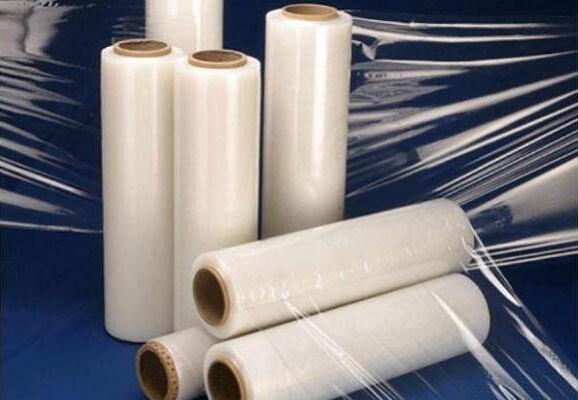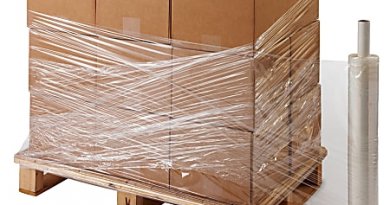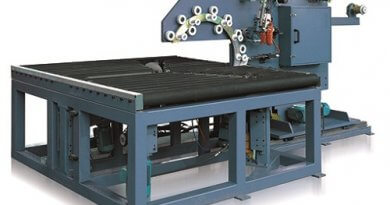How to Choose the Best Stretch Film?
Stretch film, also known as stretch wrap, is an extremely flexible plastic packaging material used to wrap a variety of products, such as pallets or cartons, for shipping and transportation. The film’s elastic recovery or stretching properties securely hold the product in place. Stretch film has a high degree of adhesion and is used by millions of companies worldwide. It is commonly used to wrap a variety of products, but can also be used to wrap small items.
There are many different types of stretch film. Below you will find a list of each type.
- Machine Stretch
- Hand Stretch
- Color Stretch
- UVI Stretch
- VCI Stretch
- Vented Stretch
- Reinforced Stretch
- No Cling Stretch
When purchasing stretch film/wrap film, you need to consider the following five performance indicators. Plastic films used for stretching must possess a certain level of self-adhesion, toughness, elongation, stress retention, and the required stretch range, as well as optical and heat-sealing properties.
- Stretch
Stretch refers to the ability of a film to elastically stretch after being stretched. Increasing longitudinal stretch ultimately thins the film and reduces its width. While longitudinal stretching can be beneficial, excessive stretching is generally undesirable, as it makes the film thinner and more susceptible to tearing, while also increasing the tension applied to the packaging. - Toughness
Toughness is a combination of a film’s resistance to puncture and tearing. Tear resistance refers solely to the film’s resistance to tearing when subjected to tension and puncture. Tear resistance must be measured horizontally, perpendicular to the machine direction, as tears in this direction can cause the package to loosen. Even with longitudinal tears, the package remains secure. - Stress Retention
Stress retention refers to the degree to which the tension applied to the film can be maintained during the stretching and packaging process. - Allowable Stretch
The allowable stretch refers to the maximum stretch that can be applied to maintain the necessary properties in a specific application. The allowable stretch varies depending on the application. The greater the allowable stretch, the less film is required, resulting in lower packaging costs. - Self-Adhesion
During the stretching and packaging process and after packaging, the contact adhesion between the films ensures a tight fit without loosening. Self-adhesion is affected by many external factors.
We hope that this explanation will provide you with a better understanding of stretch film and help you identify the optimal stretch film.





zfkmdtnrnywedmnzsonheypinlepoz
I am regular visitor, how are you everybody? This
post posted at this web site is genuinely pleasant.